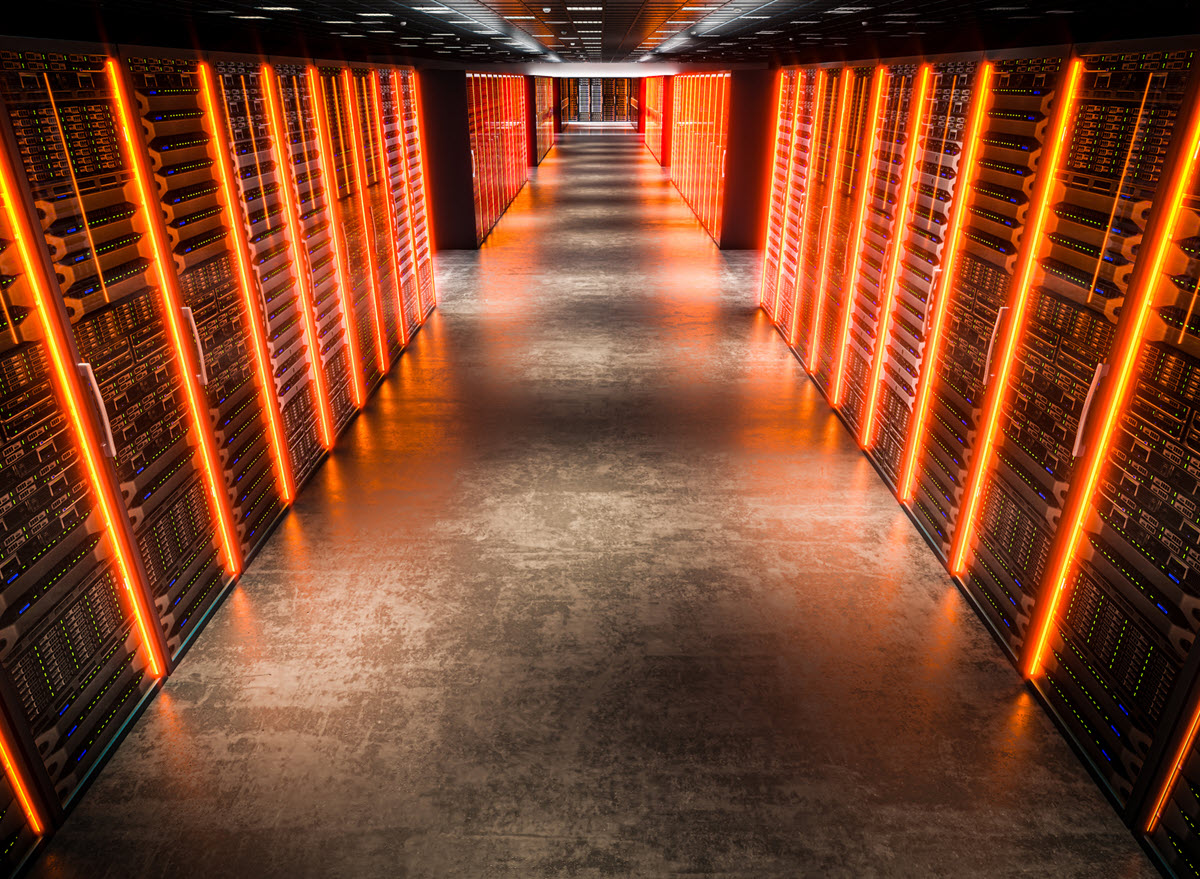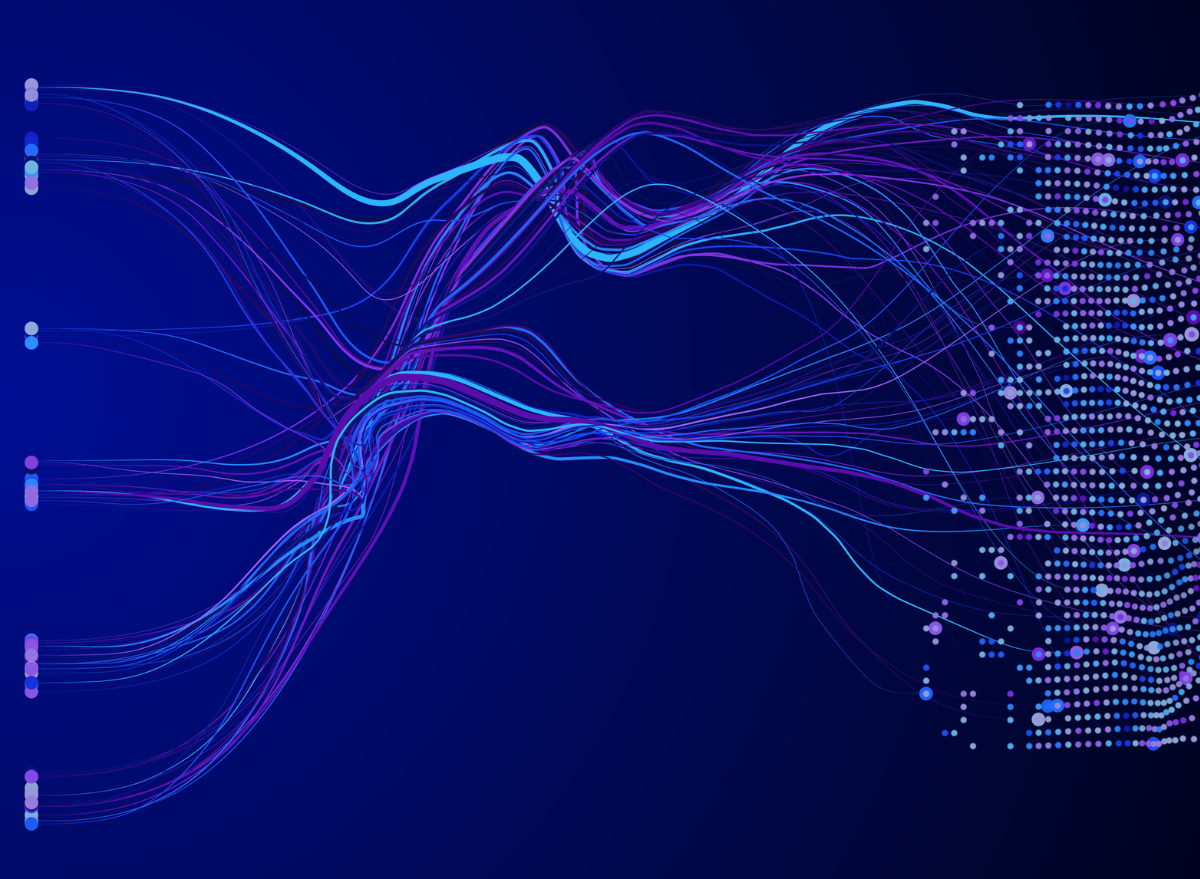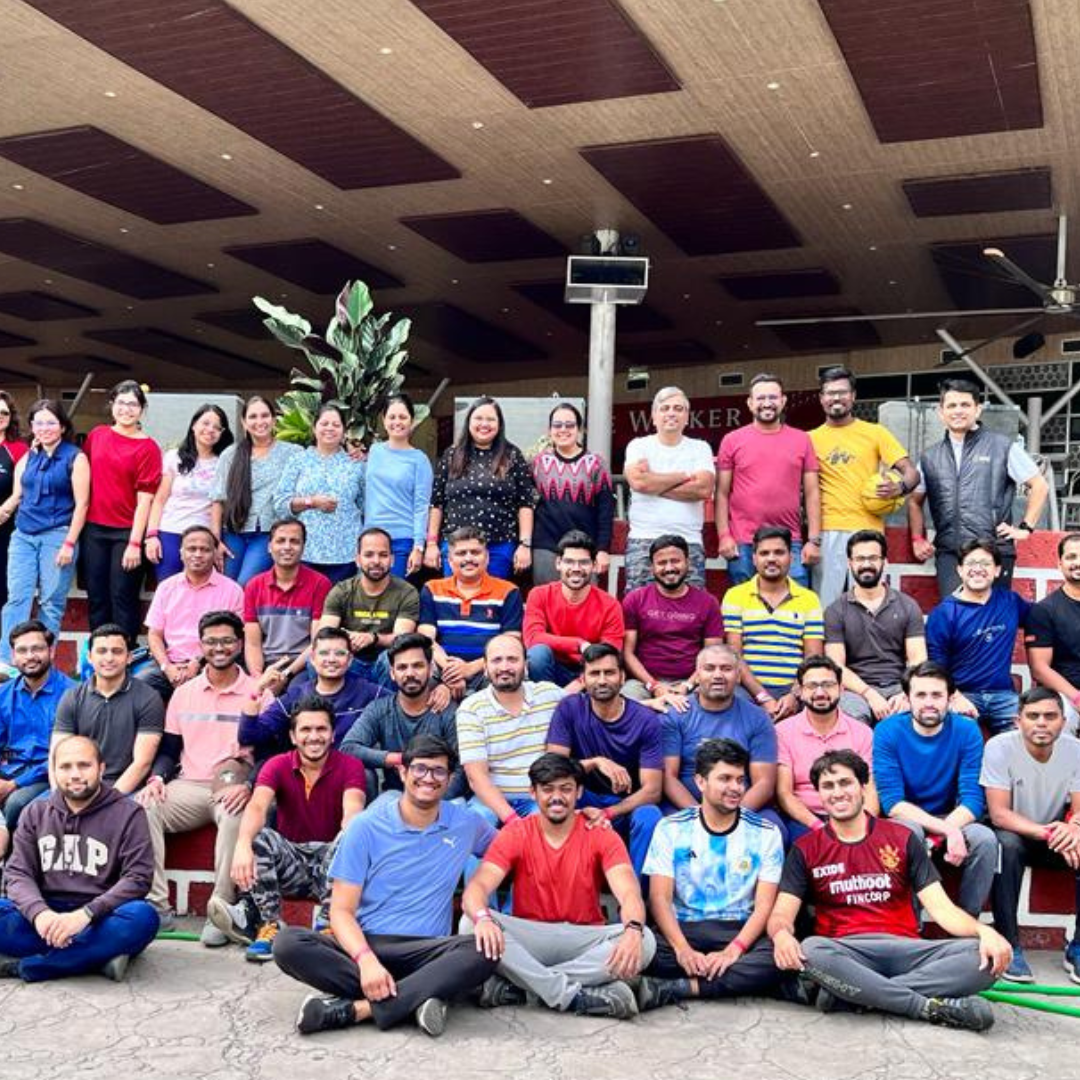Latest Articles

Article
From genomes to generative AI: How MOX and Ciena ...
In today’s digital economy, data is more than just information—it’s the foundation of innovation. Ciena’s Kevin Sheehan shares in ...

Article
Network transformation: Understanding the challen ...
Roy Rubenstein, Consultant at LightCounting Market Research, outlines the challenges and opportunities CSPs face amid ongoing mar ...

Article
Out-of-band, in focus: Tackling complexity, space ...
Mark Bieberich explains how Ciena’s data center out-of-band management (DCOM) solution simplifies operations, improves scalabilit ...

Article
Expanding the value of managed services in networ ...
Curtis Price, Program Vice President of IDC’s Infrastructure Services group, details how managed services can play a key role in ...

Article
Sustainability in practice: how the Belfast Green ...
Discover what our Belfast Green Team accomplished in their first year of working together to advance Ciena’s sustainability in th ...

Article
Ciena validates its IP/MPLS interoperability cred ...
For network operators preparing for the next wave of technology evolution, choosing vendors and platforms that have proven intero ...

Article
Porthcurno Museum of Global Communications educat ...
Situated in the village of Porthcurno in Cornwall, UK, PK Porthcurno, Museum of Global Communications offers visitors an explorat ...

Article
Managed services: Enabling a range of new communi ...
As market dynamics shift and the competitive landscape for communications services intensifies due to the rapid rise of AI, digit ...

Article
Meet tomorrow’s sustainability leaders: celebrati ...
Meet the young people who are taking action on sustainability around the world with the Ciena Solutions Challenge.

Article
Taking a holistic approach to network sustainabil ...
Ciena’s Francisco Sant’Anna details why taking a holistic approach to network sustainability helps network operators achieve thei ...

Article
Building networks for AI: connectivity opportunit ...
The rise of AI is shifting network demands, with data center interconnect (DCI) capacity becoming crucial to support AI infrastru ...

Article
AI meets optical innovation: The future of data c ...
Discover how Ciena delivers advanced technologies that power high-performance optical fiber networks for secure and future-ready ...

Article
What’s next for pluggable coherent optics
As Ciena’s WaveLogic 6 Nano nears commercial availability, it is an ideal time to provide our outlook on the growing market for p ...

Article
Automate network operations smarter and faster wi ...
The race is on to advance generative AI (GenAI) models so they can be applied creatively to a slew of use cases to make our lives ...

Article
Ciena's WaveRouter unleashes unprecedented speed ...
Ciena's WaveRouter, now powered by WaveLogic 6 Extreme, is set to achieve an unmatched level of scale, performance, and spectral ...

Article
Innovation in action: Building tomorrow’s photoni ...
Prepare for what’s next, today with Ciena’s 6500 RLS and its innovative capabilities from edge to core.

Article
Need 800G routing? Meet Ciena's 8192 coherent rou ...
The next frontier of coherent routing is here. Ivana Lemos introduces Ciena’s new 8192, the 800G technology advancements that mad ...

Article
All the benefits of multi-vendor, converged netwo ...
The IP/Optical convergence trend is in full swing, yet there continue to be challenges on the network operations side. Lack of co ...

Article
Smarter, greener, faster: The photonic layer’s ro ...
Paulina Gomez explains the critical role Ciena's programmable photonics are playing in the future of networking.

Article
The Blue Planet career experience: from new grad ...
Read the stories of three Blue Planet employees at two, five, and ten years into their careers.

Article
Helping women in Ottawa gain financial independen ...
Discover how Ciena’s support of iSisters Technology Mentoring is advancing digital inclusion and uplifting disadvantaged women by ...

Article
Planning for success – AI insights drive coordina ...
IP and optical network teams each have their own domain technical expertise and at no time is that more obvious than during the c ...

Article
1.6 Tb/s is here: What it means for networks and ...
The next era of networking is here: 1.6 Tb/s. Ciena’s Helen Xenos explains the technology breakthroughs that made this possible, ...

Article
CPON: The future of access network service techno ...
Demand for higher data rates and the rapid growth of Passive Optical Networks (PON) have set the stage for the future of access n ...



